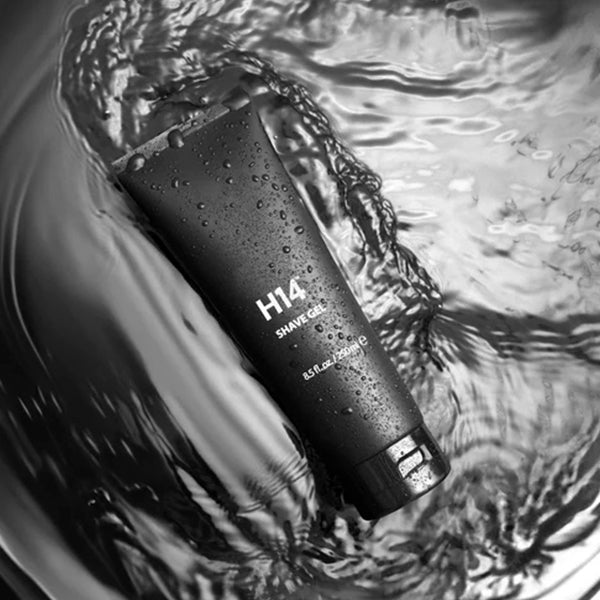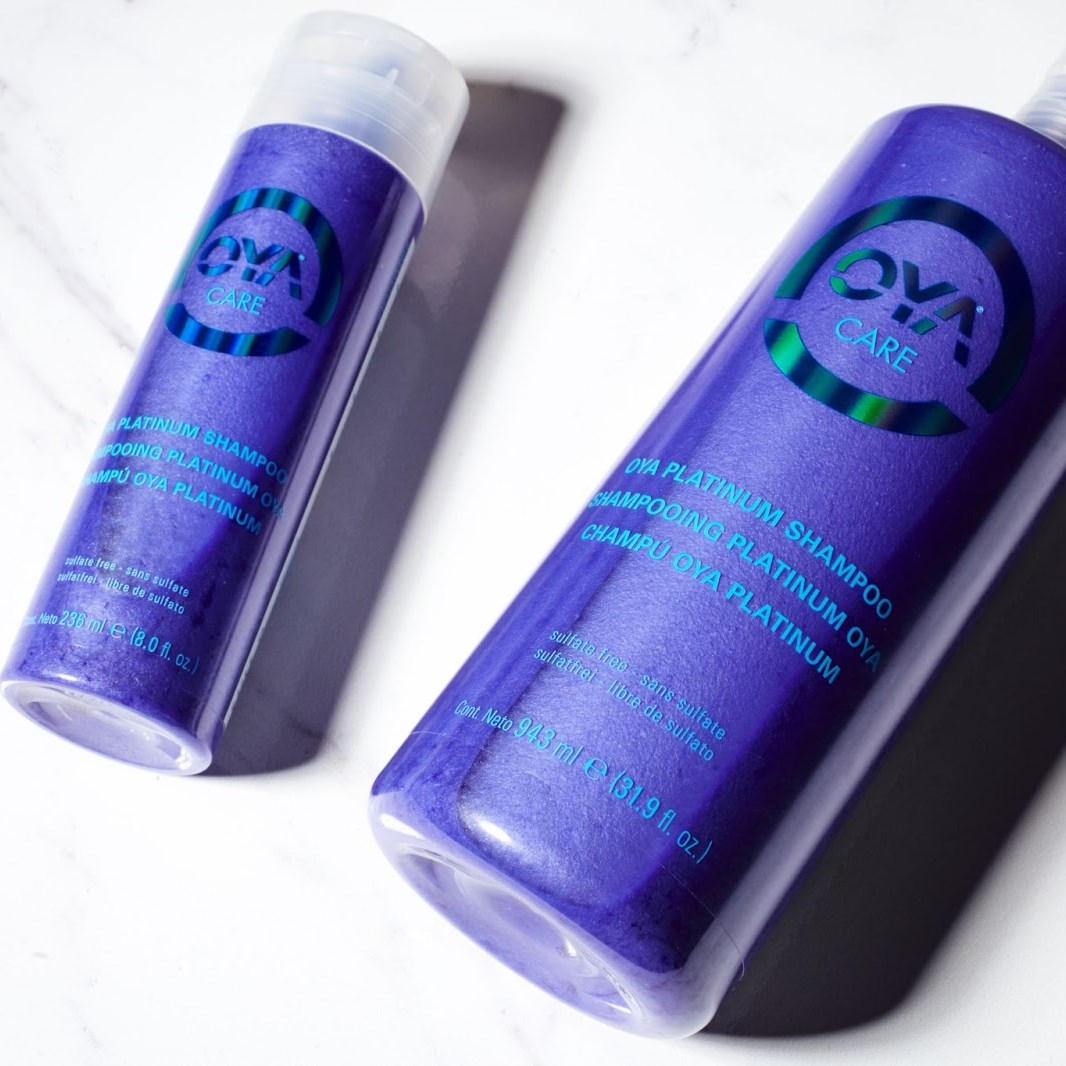Personalization at Scale: Why Clients Want Bespoke Solutions, Not One-Size Services
In 2025, generic salon visits just won’t cut it. Clients are no longer satisfied with “the same service everyone gets.” What they seek—and what’s increasingly turning into loyalty—is an experience that’s tailored, thoughtful, and aligned with them. According to industry research, personalization isn’t a luxury—it’s a baseline expectation.
1. Whatization of Personalization Looks Like in the Salon
When we talk about personalization, we’re referring to more than just calling a client by name or remembering their favorite drink. In the modern salon context it includes:
-
A detailed consultation that explores the client’s hair history, lifestyle, and personal preferences
-
An individualized service plan (cut, color, finish) rather than a “menu item” read-out
-
Aftercare and home-care recommendations that are specific to their texture, schedule, budget, and goals
-
Follow-up or booking triggers based on their specific needs—not the next available slot
Research shows that 97% of salon/spa regulars say personalization during in-person visits is important. Meanwhile, 81% say they are more likely to rebook when they receive tailored offers or service experiences.
2. Why the One-Size Service Model Is Losing Ground
-
Greater client expectations – As consumers, clients experience personalized services in other areas (streaming, shopping, wellness). They expect the same in the salon.
-
Increased competition – With more salons and stylists online, differentiation comes from experience not just price or location.
-
Long-term loyalty requires more than a good haircut – Tailored solutions drive repeat behavior, deeper relationships and ultimately higher lifetime value.
-
Efficiency meets value – Personalization doesn’t necessarily mean more time. When done well, it means smarter time—fewer mis-steps, better outcomes, fewer corrections.
3. How to Build Personalization at Scale in Your Salon
a) Systemize The Consultation
-
Use a structured worksheet or tablet form: hair history, texture notes, styling routines, goals, pain-points.
-
Save the client’s preferences in your system so every visit starts with context, not starting over.
-
Educate: “Because you tell me your mornings are rushed, I’m recommending a finish that works when you skip the full blow-dry.”
b) Layer Your Service Into A Plan
-
Instead of “cut + color,” present a journey: e.g., “Session 1 we’ll refresh your base and remove the warmth. Session 2 we’ll refine tone with gloss and dimension. Session 3 we’ll transition toward low-maintenance.”
-
Use language that emphasizes strategy: “Based on your thinning mid-shaft, I’m adding internal layering so your density looks full for longer.”
-
Offer tailored maintenance: “Because your hair is porous in the ends, we’ll do a bond-protecting treatment every 8 weeks instead of 12.”
c) Homecare & Post-Visit Follow-Through
-
Create take-home advice that acknowledges their hair’s unique behavior: “Your crown has a growth pattern that flips—so use the large round brush at this angle…”
-
Automate personalized reminders: “It’s been 10 weeks since your gloss; based on your tone shift I recommend….”
-
Package homecare and tools as part of the personalization: “Because you style daily with irons, here’s the heat-defense serum I recommend for your density and texture.”
d) Train The Team
-
Make sure every stylist and associate understands the personalization model—what it means, how to talk about it, how to document it.
-
Use internal client cards or CRM notes to capture previous formulas, reactions, preferred finishes.
-
Reward repeat behavior: highlight stylists who demonstrate consistency in tailored service and high rebooking from those clients.
4. Communicating Value Without Underselling
When you’re offering bespoke solutions, pricing and communication must reflect the value:
-
Language shift: Swap “This is just a regular color” for “This is a customized color plan based on your lifestyle and hair history.”
-
Emphasize outcomes: “We’re aiming for hair that still looks great at week 10—so your next appointment becomes about refinement, not repair.”
-
Frame the difference: “Many salons offer a standard gloss; here we tailor yours to your tone shift, porosity and future service plan.”
-
Avoid commoditizing your work: don’t talk in “packages” unless they represent actual customization—not just bundled services.
5. Measuring & Scaling Personalization
To maintain personalization at scale, you’ll need systems—not just good intentions.
-
Track rebooking rate from initial appointments. Personalized planning should push this higher than walk-in bookings.
-
Evaluate client satisfaction post-visit: Ask “Did you feel your service was tailored to you?” and “Was the plan clear for your next step?”
-
Segment your client base: Which clients require high-touch personalization (complex color, textured hair, busy lives) vs. lower-touch (maintenance cuts)?
-
Automate touch-points where possible (digital reminders, homecare follow-ups) but keep human interaction where it matters (consultation, finish, in-chair education).













